Although OBD-II was designed mainly to detect emission faults, it has evolved to monitor many other processes as well, ranging from fuel trim to the evaporative system to the coolant thermostat. When OBD-II detects the same problem occurring in two separate drive cycles, it illuminates the “check engine” light to alert the driver and encourage a prompt fix. When it comes to fuel delivery system issues, OBD-II especially monitors the components and data carefully.
Whenever you drive your vehicle, OBD-II constantly watches the fuel injectors, fuel pressure, oxygen sensors, fuel pump operation, feedback fuel control loop and adjustments made to the fuel trim. For instance, most cars and trucks use both long-term and short-term adjustments to fuel trim to maintain the appropriate air and fuel mixture. If OBD-II detects the fuel trim hitting either the upper or lower limit for fuel trim adjustment, it will turn on the “check engine” light. This might occur if you have a vacuum leak, leaky or dirty fuel injectors, a faulty fuel pump, or a biased or bad O2 sensor.
OBD-II also watches over the evaporative emissions (EVAP) system – just once in each drive cycle. It looks for leaks that could permit fuel vapors to reach the atmosphere. To check for leaks, OBD-II applies pressure or vacuum to the charcoal canister, vapor lines, and fuel tank. If airflow appears nonexistent, or if an excessive leakage rate is detected, then the EVAP system must be malfunctioning, so OBD-II records a trouble code.
In addition, OBD-II looks for consistent patterns of a misfire. When a misfire is detected, OBD-II charts the rate of a misfire for every cylinder plus other relevant data, including load, engine speed, and warm-up status. If the misfire is jumping around between multiple cylinders, OBD-II will report code P0300 for random misfire. This typically indicates a lean fuel mixture, which could be caused by a leak in the intake manifold, a vacuum leak, low fuel pressure, dirty injectors, or an EGR valve that’s stuck in the “open” position and leaking exhaust into your intake manifold.

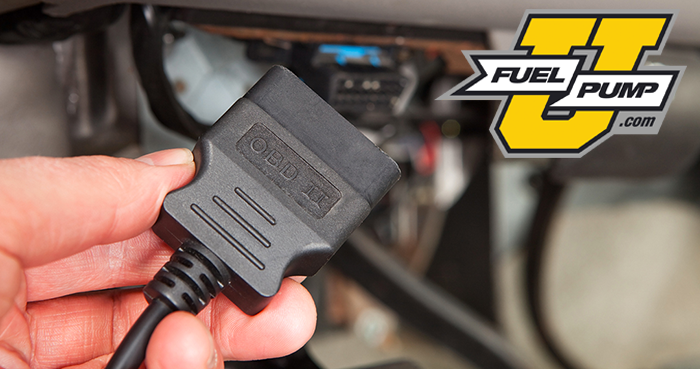
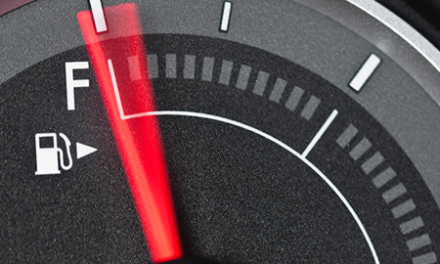
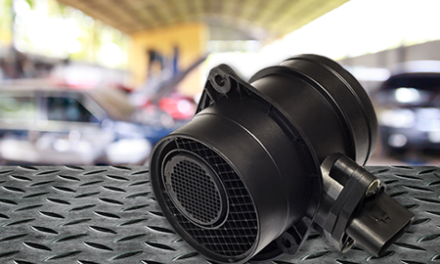
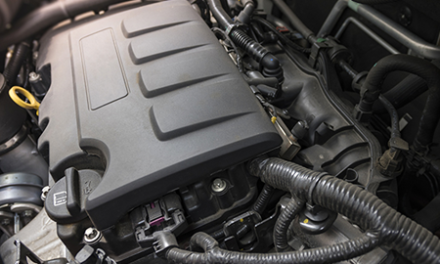
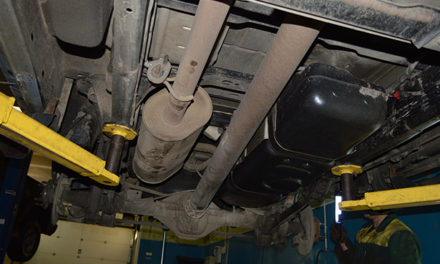
![[INDUSTRY LEADER] - Bosch has produced over 1 billion fuel injectors and is the number one name in original equipment (OE) injectors, with more than 45 years of gasoline system experience [OPTIMAL PERFORMANCE] – All applications provide precision flo...](https://m.media-amazon.com/images/I/412wuIMssoL._SL100_.jpg)
![[OE Auto Parts] - CM5188 3.5L fuel injectors sold by Pjvmvo are OE parts.We use VIN matching to ensure the integrity of our inventory and accuracy of product descriptions.Offer long-lasting performance. [Fitment] - 3.5L F150 Explorer Fuel injectors, ...](https://m.media-amazon.com/images/I/41e6u6fbjsL._SL100_.jpg)


![[Vehicle Fitment]: Compatible with Chevrolet Malibu 2008 L4 2.4L(VIN- 5, VIN- B), 2004-2008 V6 3.5L(VIN- N for 2008), 2008 V6 3.6L(VIN- 7), 2006-2007 V6 3.9L(Maxx SS); Compatible with Pontiac G6 2006-2008 L4 2.4L, G6 2005-2008 V6 3.5L, G6 2007-2008 V...](https://m.media-amazon.com/images/I/41PUds6-lgL._SL100_.jpg)
